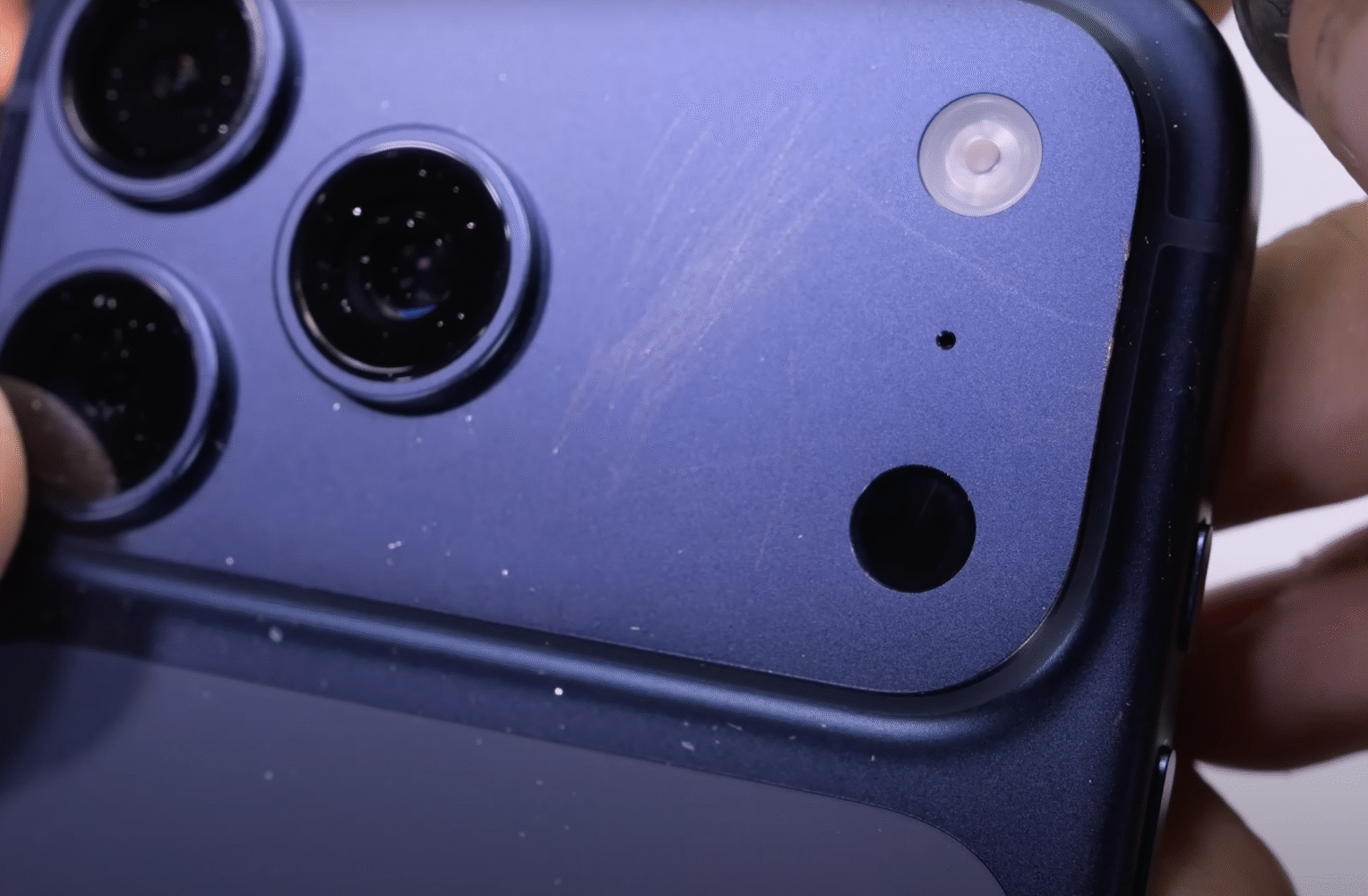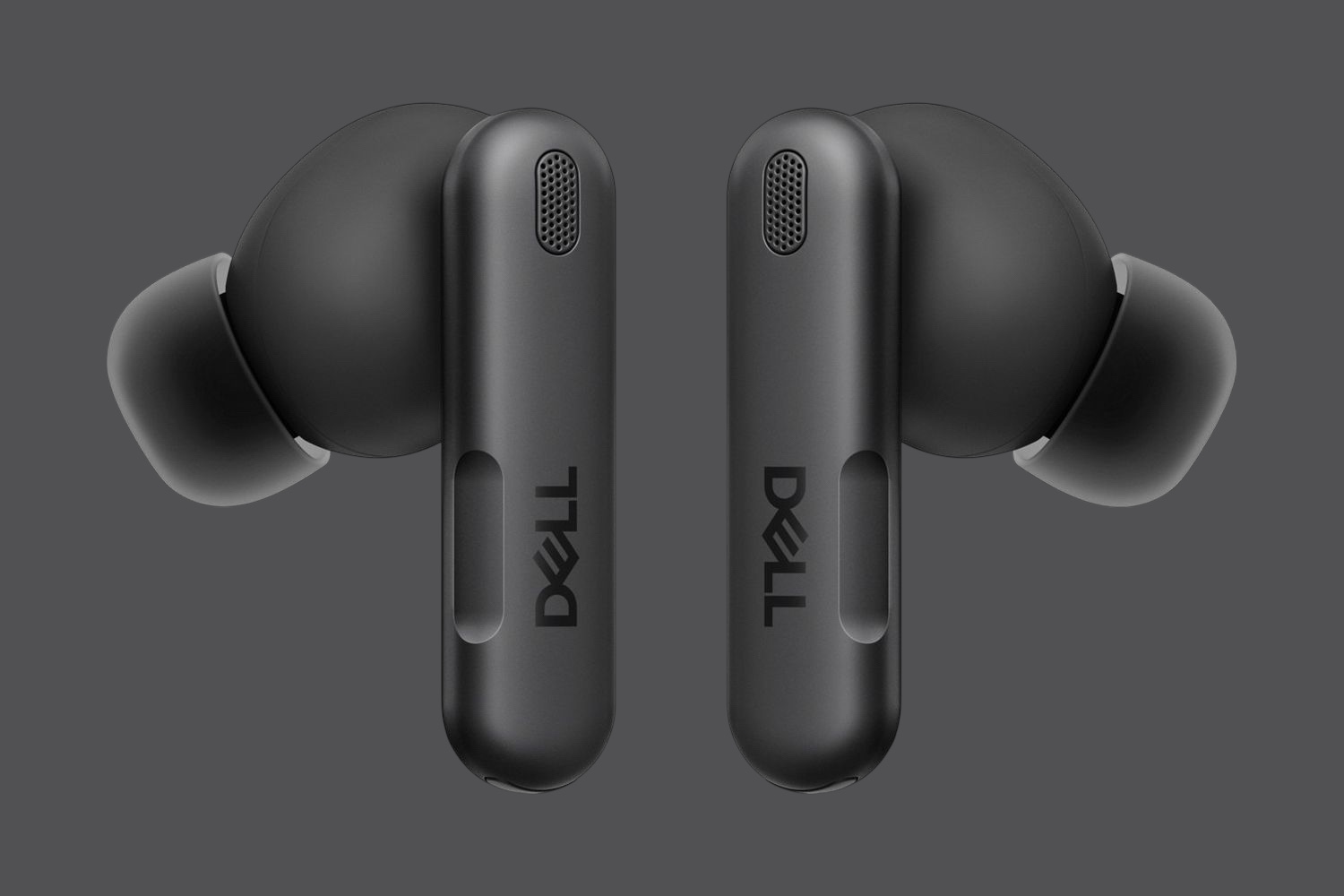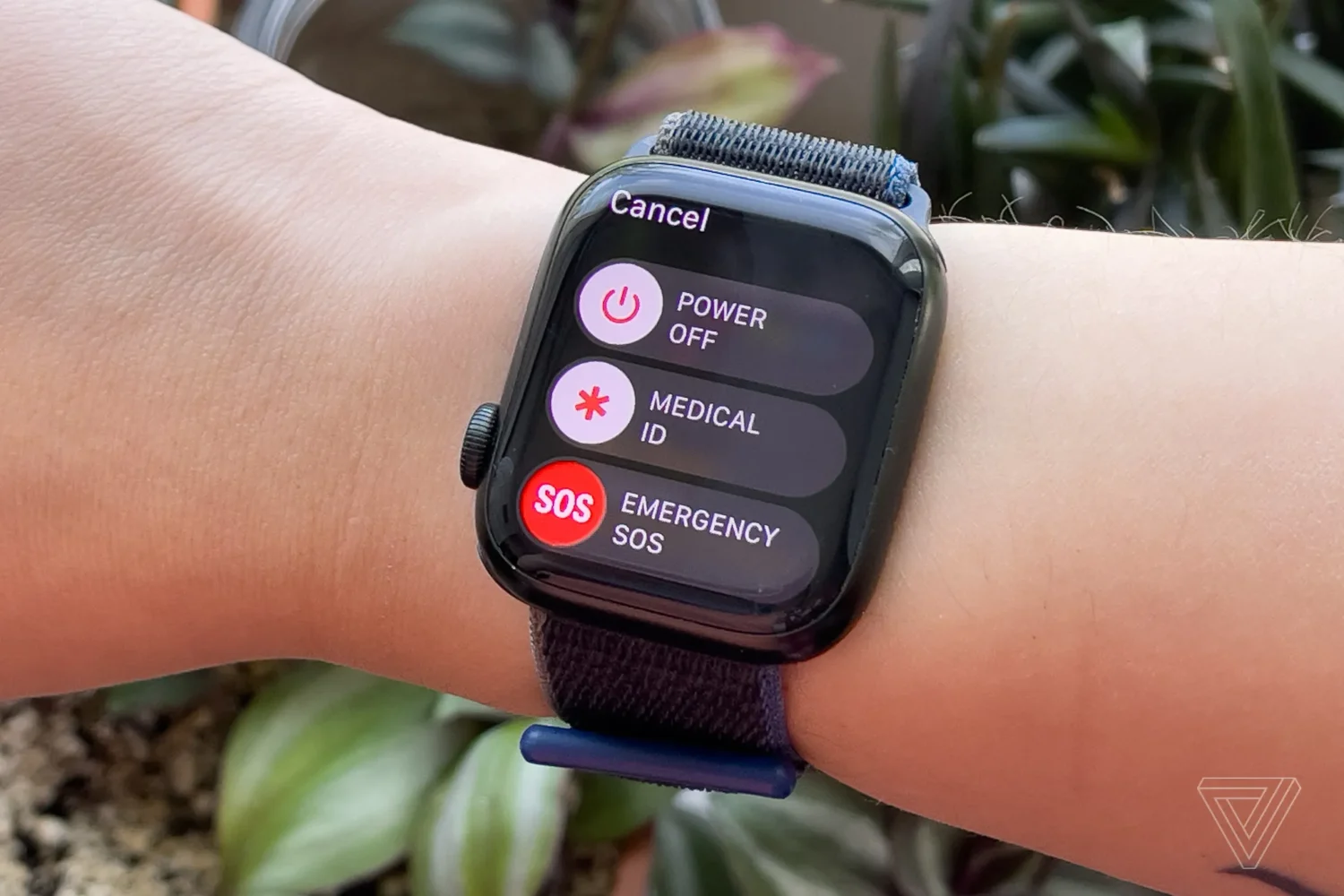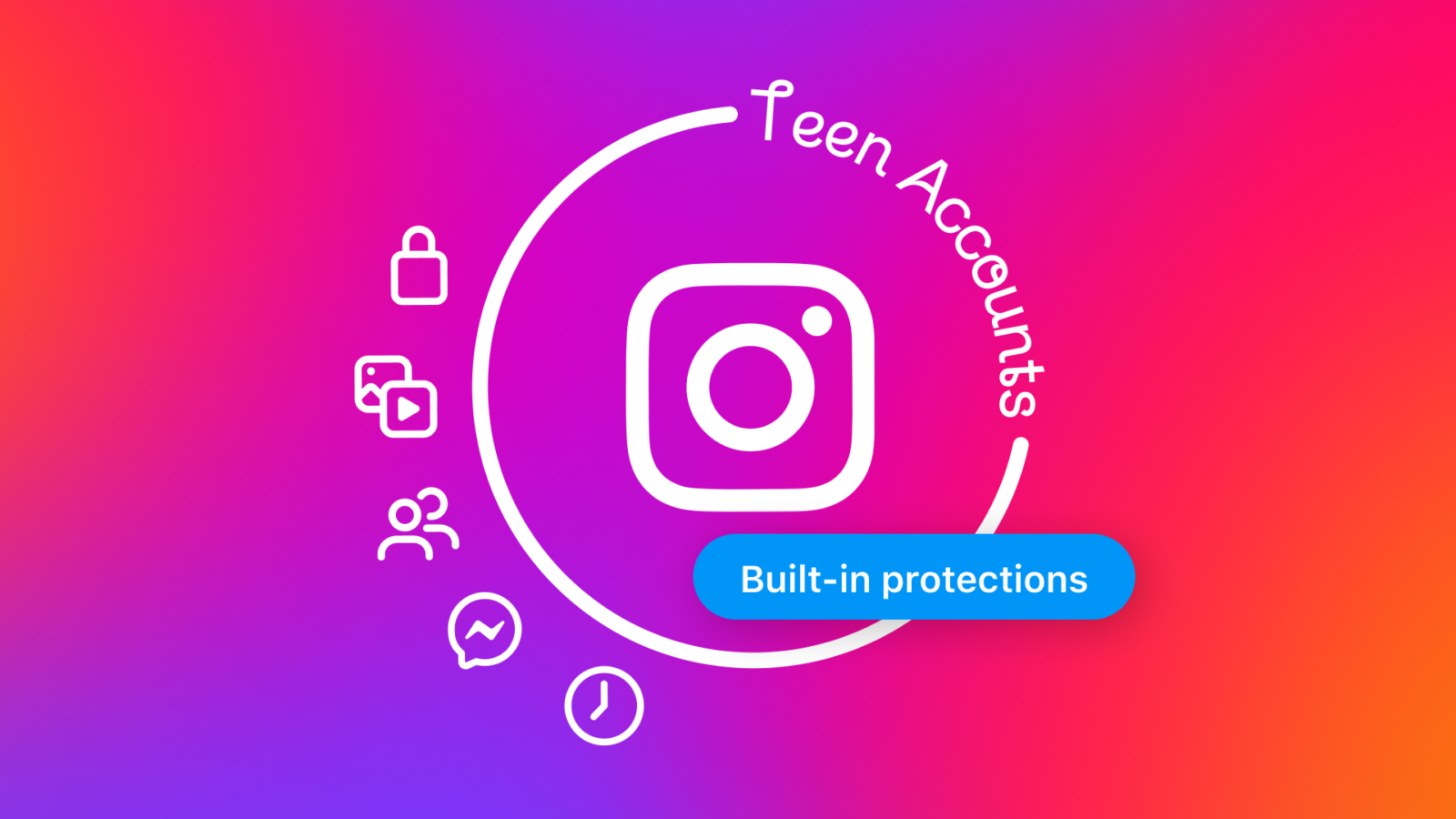Apple’s iPhone 17 Pro has drawn early scrutiny over durability, with some users flagging marks and scratches on demo units in retail stores. The concerns, dubbed “scratchgate” by Bloomberg, focused on blemishes seen mostly around the MagSafe cutout on display models.
Speaking to multiple media outlets, Apple attributed those marks not to scratches but to material transfer from worn MagSafe stands used in stores. The company explained that the discoloration can be cleaned off and is not permanent damage. Apple added that it is already addressing the issue by replacing the affected stands. Similar wear has appeared on other models in stores, including the iPhone 16.
A separate durability concern came from YouTuber JerryRigEverything, who found that the raised edges around the iPhone 17 Pro’s camera plateau scratched more easily than expected. He attributed this to Apple’s decision not to add a chamfer or rounded finish around those edges. Apple told 9to5Mac that the camera plateau edges share the same characteristics as the anodized aluminum used in other products such as MacBooks and earlier iPhones. The company said those surfaces are designed to withstand everyday use, but acknowledged that minor abrasions may appear over time.
In broader durability tests, the iPhone 17 Pro and the new iPhone Air have performed well. The ultra-thin iPhone Air proved resistant to bending, while all four iPhone 17 models feature Ceramic Shield 2 glass, which independent testing shows to be more scratch-resistant than earlier versions. Even JerryRigEverything’s test highlighted that the iPhone 17 Pro’s aluminum body holds up well under typical conditions, with the only weak spot being the sharp edges of the camera module.
Apple points to the use of a 7000-series aerospace-grade aluminum alloy in the iPhone 17 Pro, paired with an anodization layer that it says exceeds industry standards. The company emphasizes that every model undergoes extensive scratch and durability testing before release. Beyond durability, Apple highlights benefits of the new aluminum design such as improved thermal performance, better efficiency, and stronger battery life.
For now, the durability debate appears to be a mix of real-world limitations and amplified narratives on social media. Demo units endure unusually heavy handling from countless shoppers, which may not reflect normal use. For most buyers, the iPhone 17 Pro’s design seems to balance durability with a lighter, more efficient build — though anyone concerned about scratches may still want to use a case.







